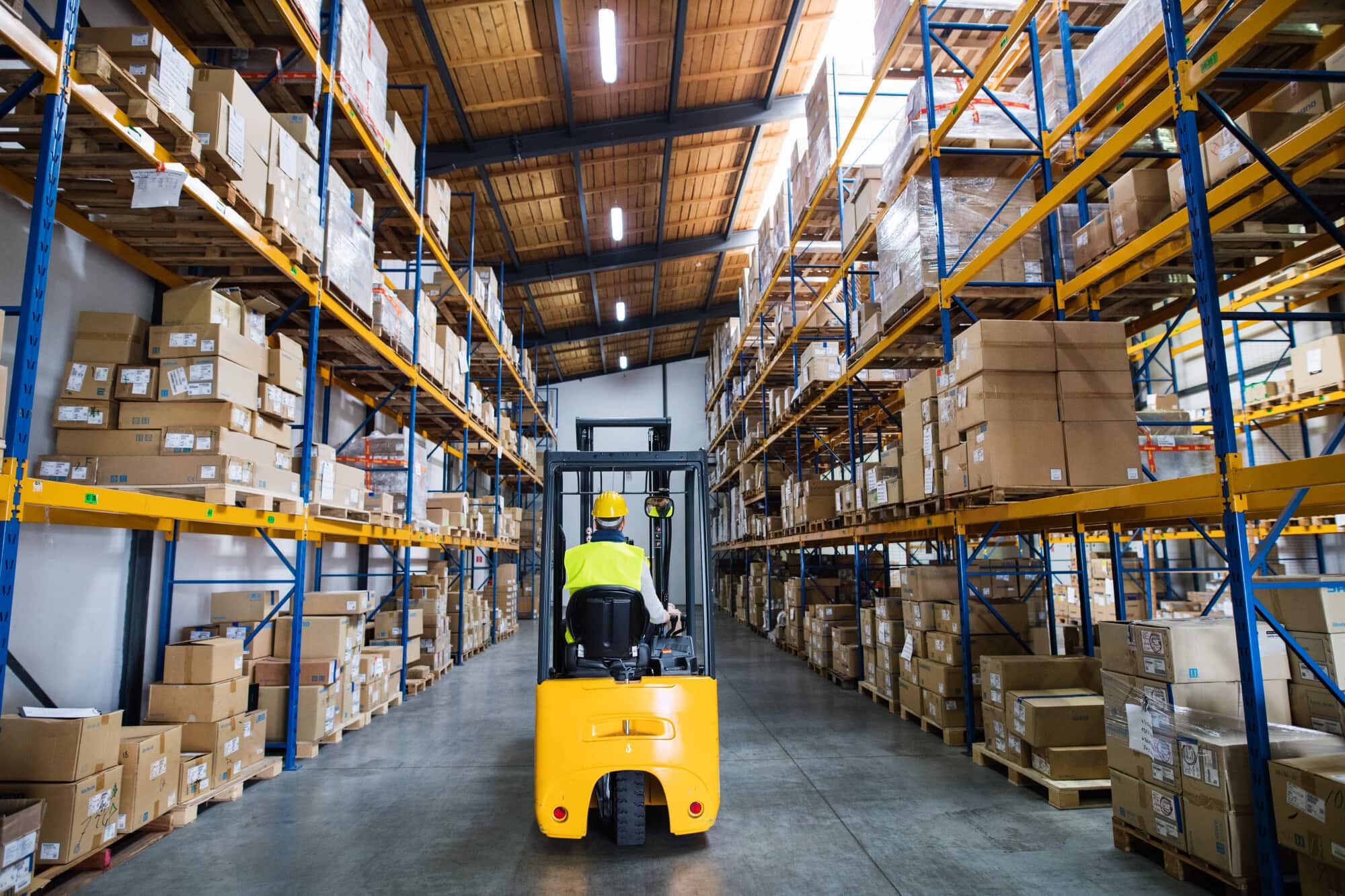National Forklift Safety Day is coming up this June. Forklifts have been stocking warehouses for around 100 years, allowing humans to sort and lift heavy cargo with ease. But like any other machine, they are useless without one critical function: their forklift brakes.
Forklifts often use disc brakes like those found in automobiles and other heavy-duty machines. Even the highest-quality brakes need the occasional TLC once in a while. Regular forklift maintenance is a must, even if your forklift seems to be running smoothly.
In this guide, we’ll discuss how to protect and maintain your brakes to avoid any forklift accidents.
Protection Begins with Inspection
According to OSHA, you need to inspect your forklifts at least once per day. This goes even when your forklift experiences relatively little use. Forklifts that get heavy use may need an inspection several times per day.
Part of this inspection includes examining the brakes for extreme signs of wear. Protecting your brakes means identifying when they will need service–or replacement. Forklift accidents can happen when the brakes give out at an inopportune moment.
These are typically a visual inspections, with more in-depth inspections on a semi-regular basis. Operators must do this while the forklift is inoperative and once the engine is running. Doing this will help to identify other problems, such as with the battery.
Avoid Activities That Prematurely Damage the Forklift Brakes
You can prolong the lifespan of your forklift brakes by thousands of hours if you use them properly. Typically, there are three main causes of premature forklift brake wear:
- Stopping too fast or at high speeds
- Working in places that are too wet or dusty
- Loading forklifts beyond their operational capacity
Using your forklift safely (in other words, the way they teach in training) doesn’t just save your brakes. It reduces the wear on other forklift parts and improves overall forklift safety for employees.
How to Maintain Your Forklift Brakes
For starters, plan a regular brake inspection at least once every 2,000 miles. This includes examining your forklift’s parking brake.
Depending on your forklift’s braking system, you will need to check the brake lines. Purge the fluid from the system every once in a while to clear any air bubbles out. Also, make sure to top off the fluid on a regular basis.
If your forklift uses brake pads, make sure to change these out as needed. These are the first ones that begin to show wear, and replacing them can drastically improve brake performance.
Finally, make sure to clear the brake system of any dust. Brake dust, rubber dust, and grime can build up in the brake system over time. Clean brakes will work better and stop a forklift sooner.
Visit SIP When Buying a Forklift
Forklift brakes are just another point on the inspection checklist, but it’s essential to give them the care they need. Have your operators use the forklifts within their proper parameters–i.e., going slower and not braking too hard. Perform a regular brake inspection, top up the brake fluid, and replace the brake pads.
SIP provides forklifts for purchase and all of the repair and maintenance thereafter. Contact us, or visit us at our Nashville and Fort Worth locations.

